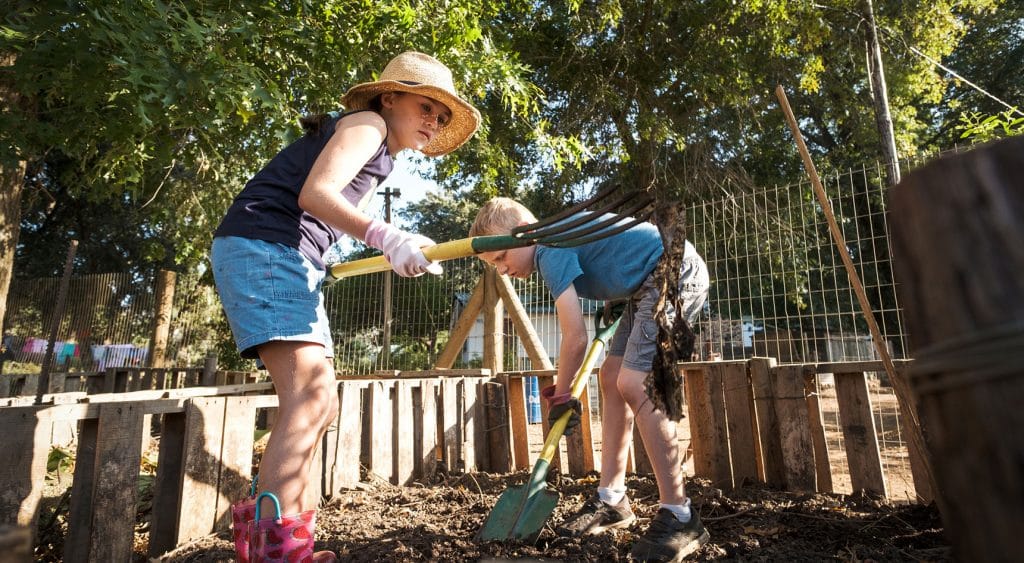Kitchen caddy to garden gold

Worm farms are an easy way to cut food waste and boost your garden naturally.
With the weather warming up and season changing, many of us are thinking about fresh starts in the garden.
One simple way to get your garden growing is with a worm farm – a tiny backyard ecosystem that turns your kitchen scraps into garden gold. The best part – it’s much easier than you think.
Setting up your worm farm
Worm farms are simple to get your hands on, with kits available at most garden centres, DIY stores or online. They usually come as stackable trays or a single bin, both of which are compact enough for even a small courtyard or balcony.
Next, you’ll need some worms to get things moving. The most time-efficient option is buying a ready-made bag of composting worms or worm eggs. Ideally, you want to start with at least a few hundred worms – most people buy a bag or two (about 1000 worms) to get the farm working quickly and efficiently.
Once you’ve got your worms, add some bedding (like coconut coir or shredded paper) mixed with a handful of soil to help them settle. Pop your new farm in a shady spot out of direct sun, and you’re good to go.
Feeding your worms
Instead of tossing scraps in your green bin, you can feed them straight to your worms. Fruit and veggie peelings, coffee grounds straight from the machine, and crushed eggshells are all favourites. Steer clear of dairy, meat, citrus and oily foods, they can make the farm too acidic, attract pests and upset your worm colony.
Liquid gold for the garden
After a few weeks, you’ll notice a dark, rich liquid collecting at the bottom of the farm. This is the famous worm juice – a natural fertiliser that’s liquid gold for veggie patches and pot plants. Dilute it with water and use it to give your garden a gentle, nutrient-packed booster.

Keeping your worms cool and moist
South Australian summers can be tough on worms, so a little TLC goes a long way. Keep the bedding damp but not soggy, add fresh scraps regularly, and make sure the farm is tucked away in a cool, shady corner. If the weather really heats up, a damp hessian bag over the top can help keep conditions just right.
Why it works?
Worm farms tick a lot of boxes. They cut down on food waste heading to landfill, create free fertiliser for your garden, and don’t take much effort to maintain. They’re also surprisingly fun; my little one loves feeding and checking in on the worms, watching food scraps transform before his eyes.
From scraps to success
Fast-forward a couple of months and that once-empty worm farm is quietly working its magic. Water your veggies with diluted worm juice, and a week later your tomato vines look greener, fuller, and heavy with fruit. It’s a small but satisfying cycle, yesterday’s scraps, transformed into today’s harvest – and all it took was a box of worms and a little curiosity to get started.

